Copyright Page
Contents
Preface
1. Real Numbers and Monotone Sequences
1.1 Introduction. Real numbers.
1.2 Increasing sequences.
1.3 The limit of an increasing sequence.
1.4 Example: the number e.
1.5 Example: the harmonic sum and Euler's number.
1.6 Decreasing sequences. The Completeness Property.
Exercises Ch1
2. Estimations and Approximations
2.1 Introduction. Inequalities.
2.2 Estimations.
2.3 Proving boundedness.
2.4 Absolute values. Estimating size.
2.5 Approximations.
2.6 The terminology "for n large".
Exercises Ch2
3. The Limit of a Sequence
3.1 Definition of limit.
3.2 The uniqueness of limits. The K-ε principle.
3.3 Infinite limits.
3.4 An important limit.
3.5 Writing limit proofs.
3.6 Some limits involving integrals.
3.7 Another limit involving an integral.
Exercises Ch3
4. Error Term Analysis
4.1 The error term.
4.2 The error in the geometric series.
4.3 A sequence converging to √2: Newton's method.
4.4 The sequence of Fibonacci fractions.
Exercises Ch4
5. The Limit Theorems
5.1 Limits of sums, products, and quotients.
5.2 Comparison theorems.
5.3 Location theorems.
5.4 Subsequences. Non-existence of limits.
5.5 Two common mistakes.
Exercises Ch5
6. The Completeness Property
6.1 Introduction. Nested intervals.
6.2 Cluster points of sequences.
6.3 The Bolzano-Weierstrass theorem.
6.4 Cauchy sequences.
6.5 The Completeness Property for sets.
Exercises Ch6
7. Infinite Series
7.1 Series and sequences.
7.2 Elementary convergence tests.
7.3 The convergence of series with negative terms.
7.4 Convergence tests: ratio and n-th root tests.
7.5 The integral and asymptotic comparison tests.
7.6 Series with alternating signs: Cauchy's test.
7.7 Rearranging the terms of a series.
Exercises Ch7
8. Power Series
8.1 Introduction. Radius of convergence.
8.2 Convergence at the endpoints. Abel summation.
8.3 Operations on power series: addition.
8.4 Multiplication of power series.
Exercises Ch8
9. Functions of One Variable
9.1 Functions.
9.2 Algebraic operations on functions.
9.3 Some properties of functions.
9.4 Inverse functions.
9.5 The elementary functions.
Exercises Ch9
10. Local and Global Behavior
10.1 Intervals. Estimating functions.
10.2 Approximating functions.
10.3 Local behavior.
10.4 Local and global properties of functions.
Exercises Ch10
11. Continuity and Limits
11.1 Continuous functions.
11.2 Limits of functions.
11.3 Limit theorems for functions.
11.4 Limits and continuous functions.
11.5 Continuity and sequences.
Exercises Ch11
12. The Intermediate Value Theorem
12.1 The existence of zeros.
12.2 Applications of Bolzano's theorem.
12.3 Graphical continuity.
12.4 Inverse funtions.
Exercises Ch12
13. Continuous Functions on Compact Intervals
13.1 Compact intervals.
13.2 Bounded continous functions.
13.3 Extremal points of continuous functions.
13.4 The mapping viewpoint.
13.5 Uniform continuity.
Exercises Ch13
14. Differentiation: Local Properties
14.1 The Derivative.
14.2 Differentiation formulas.
14.3 Derivatives and Local Properties.
Exercises Ch14
15. Differentiation: Global Properties
15.1 The mean-value theorem.
15.2 Applications of the mean-value theorem.
15.3 Extension of the mean-value theorem.
15.4 L'Hospital's rule for indeterminate forms.
Exercises Ch15
16. Linearization and Convexity
16.1 Linearization.
16.2 Applications to convexity.
Exercises Ch16
17. Taylor Approximation
17.1 Taylor polynomials.
17.2 Taylor's theorem with the Lagrange remainder.
17.3 Estimating error in Taylor approximation.
17.4 Taylor series.
Exercises Ch17
18. Integrability
18.1 Introduction. Partitions.
18.2 Integrability.
18.3 Integrability of monotone and continuous functions.
18.4 Basic properties of integrable functions.
Exercises Ch18
19. The Riemann Integral
19.1 Refinement of partitions.
19.2 Definition of the Riemann integral.
19.3 Riemann sums.
19.4 Basic properties of integrals.
19.5 The interval addition property.
19.6 Piecewise continous and monotone fuctions.
Exercises Ch19
20. Derivatives and Integrals
20.1 First fundamental theorem of calculus.
20.2 Existence and uniqueness of antiderivatives.
20.3 Other relations between derivatives and integrals.
20.4 The logarithm and exponential functions.
20.5 Stirling's formula.
20.6 Growth rate of functions.
Exercises Ch20
21. Improper Integrals
21.1 Basic definitions.
21.2 Comparison theorems.
21.3 The Gamma function.
21.4 Absolute and conditional convergence.
Exercises Ch21
22. Sequences and Series of Functions
22.1 Pointwise and uniform convergence.
22.2 Criteria for uniform convergence.
22.3 Continuity and uniform convergence.
22.4 Integration term-by-term.
22.5 Differentiation term-by-term.
22.6 Power series and analytic functions.
Exercises Ch22
23. Infinite Sets and the Lebesgue Integral
23.1 Introduction. Infinite sets.
23.2 Sets of measure zero.
23.3 Measure zero and Riemann-integrability.
23.4 Lebesgue integration.
Exercises Ch23
24. Continuous Functions on the Plane
24.1 Introduction. Norms and distances in R².
24.2 Convergence of sequences.
24.3 Functions on R².
24.4 Continuous functions.
24.5 Limits and continuity.
24.6 Compact sets in R².
24.7 Continuous functions on compact sets in R².
Exercises Ch24
25. Point Sets in the Plane
25.1 Closed sets in R².
25.2 The Compactness theorem in R².
25.3 Open sets.
Exercises Ch25
26. Integrals with a Parameter
26.1 Integrals depending on a parameter.
26.2 Differentiating under the integral sign.
26.3 Changing the order of integration.
Exercises Ch26
27. Differentiating Improper Integrals
27.1 Introduction.
27.2 Pointwise vs. uniform convergence of integrals.
27.3 Continuity theorem for improper integrals.
27.4 Integrating and differentiating improper integrals.
27.5 Differentiating the Laplace transform.
Exercises Ch27
Appendix A Sets, Numbers, and Logic
A.0 Sets and Numbers.
A.1 If-then statements.
A.2 Contraposition and indirect proof.
A.3 Counterexamples.
A.4 Mathematical induction.
Exercises
Appendix B Quantifiers and Negation
B.1 Introduction. Quantifiers.
B.2 Negation.
B.3 Examples involving functions.
Exercises
Appendix C Picard Iteration
C.1 Introduction.
C.2 The Picard iteration theorems.
C.3 Fixed points.
Exercises
Appendix D Applications to Differential Equations
D.1 Introduction.
D.2 Discreteness of the zeros.
D.3 The alternation of zeros.
D.4 Reduction to normal form.
D.5 Comparison theorem for zeros.
Exercises
Appendix E Existence and Uniqueness Theorems for Solutions to Differential Equations
E.1 Picard’s method of successive approximations.
E.2 Local existence of solutions to y'=f(x,y).
E.3 The uniqueness of solutions.
E.4 Extending the existence and uniqueness theorems.
Exercises
Index
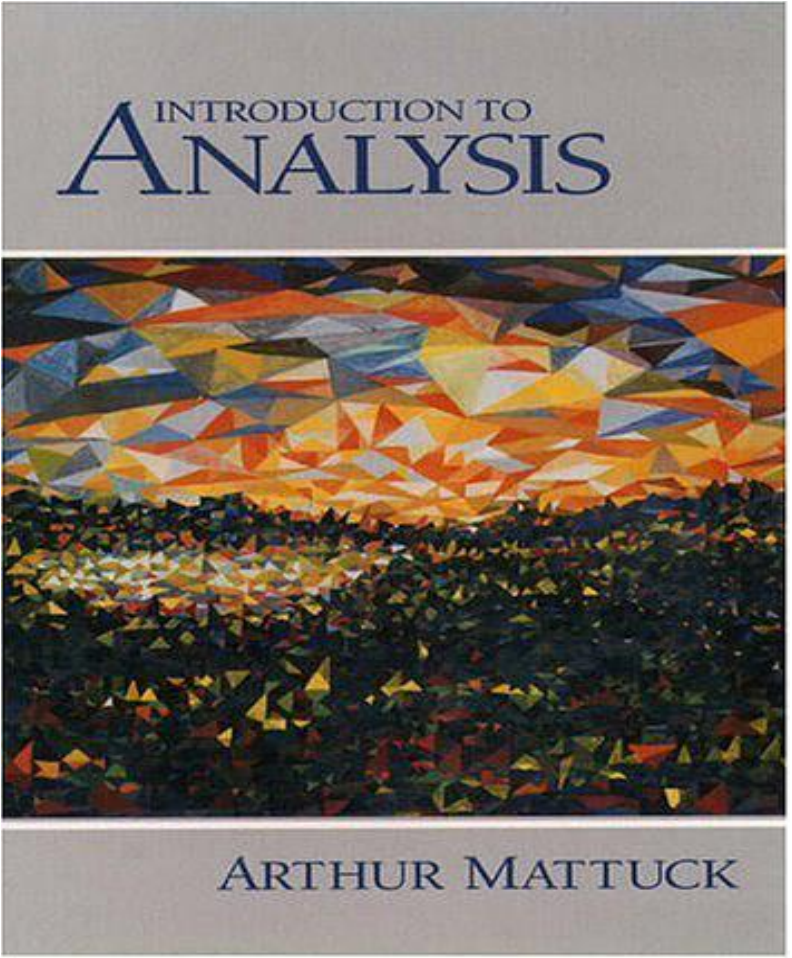
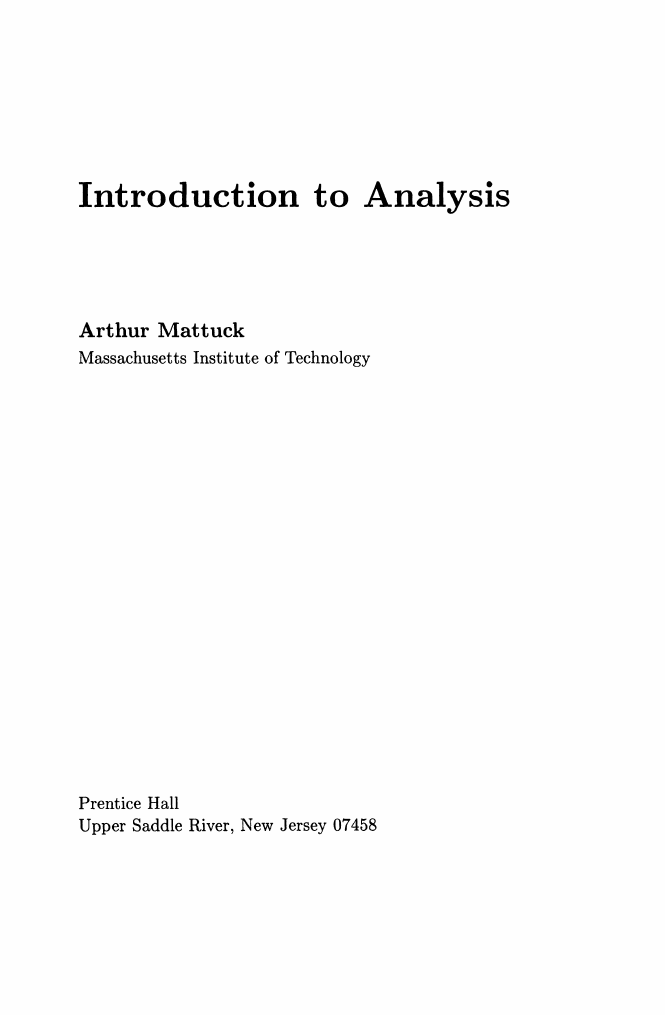
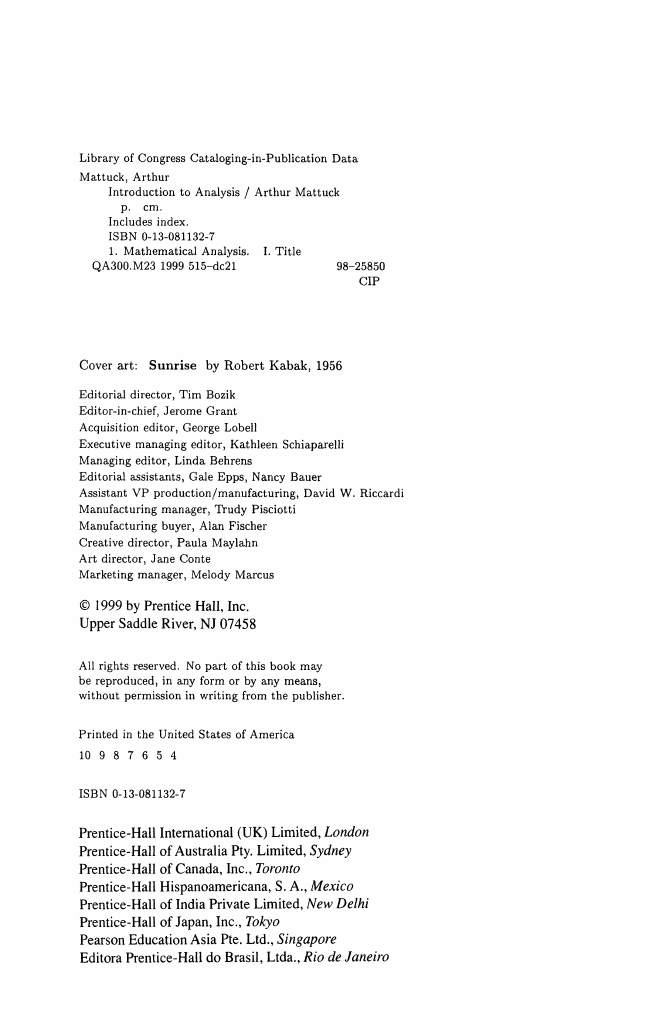
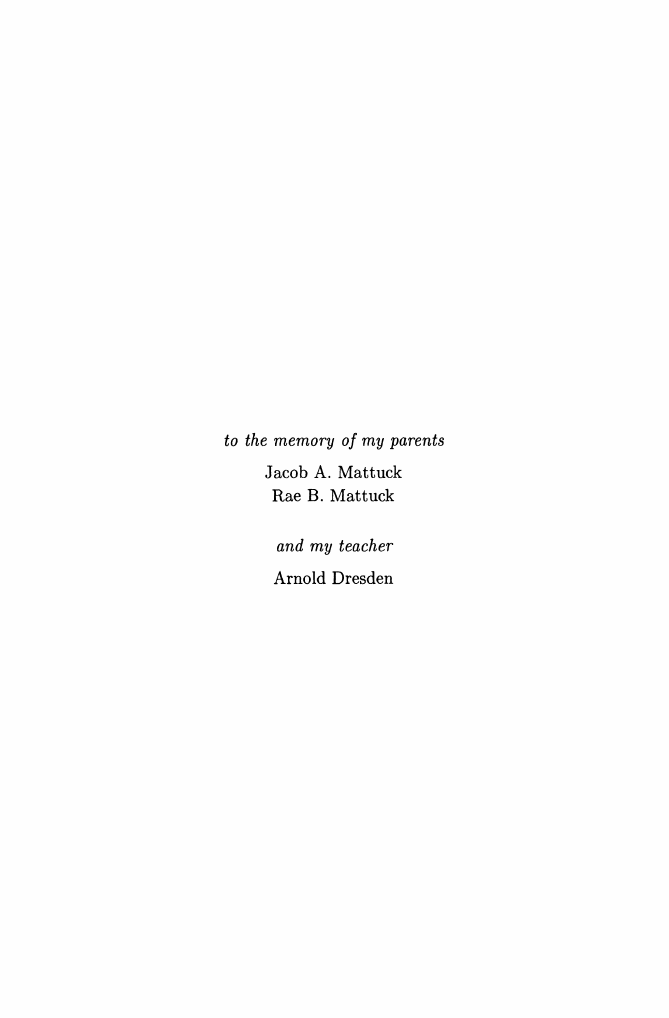
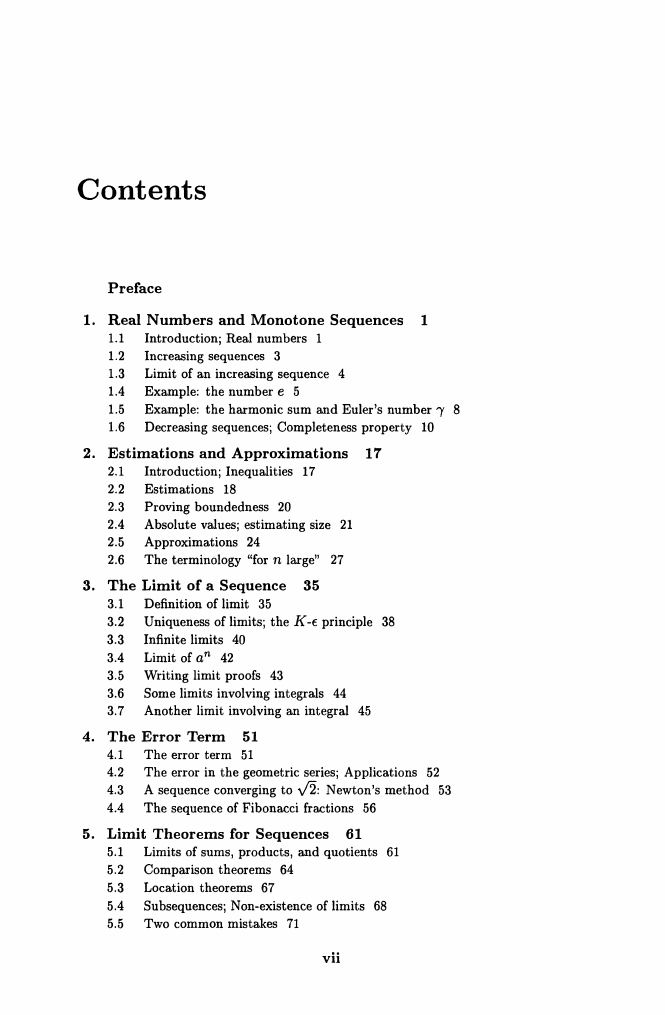
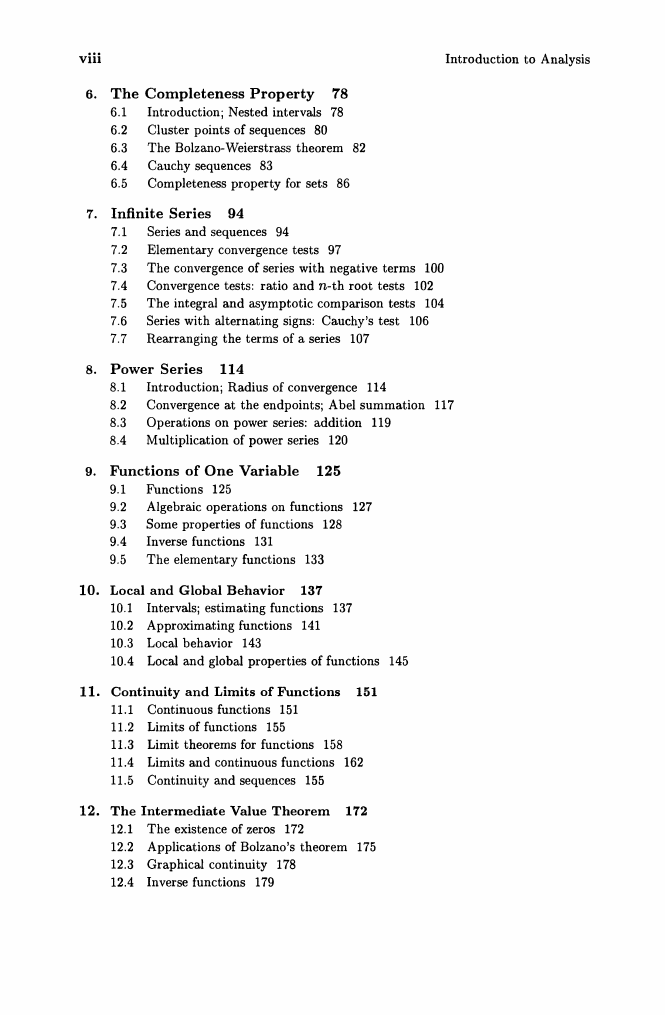
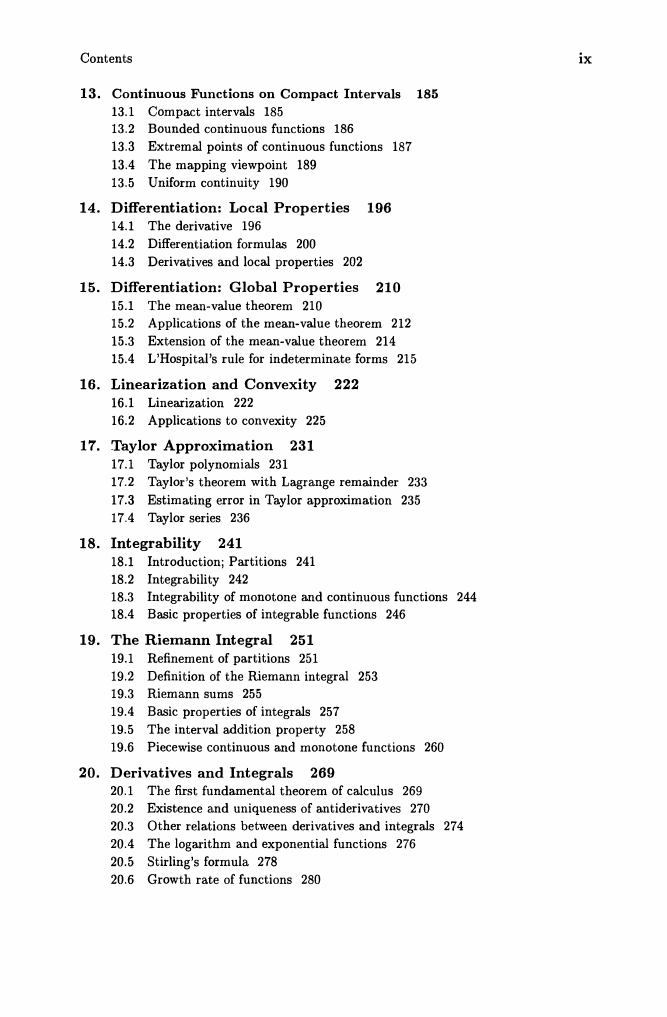









 2023年江西萍乡中考道德与法治真题及答案.doc
2023年江西萍乡中考道德与法治真题及答案.doc 2012年重庆南川中考生物真题及答案.doc
2012年重庆南川中考生物真题及答案.doc 2013年江西师范大学地理学综合及文艺理论基础考研真题.doc
2013年江西师范大学地理学综合及文艺理论基础考研真题.doc 2020年四川甘孜小升初语文真题及答案I卷.doc
2020年四川甘孜小升初语文真题及答案I卷.doc 2020年注册岩土工程师专业基础考试真题及答案.doc
2020年注册岩土工程师专业基础考试真题及答案.doc 2023-2024学年福建省厦门市九年级上学期数学月考试题及答案.doc
2023-2024学年福建省厦门市九年级上学期数学月考试题及答案.doc 2021-2022学年辽宁省沈阳市大东区九年级上学期语文期末试题及答案.doc
2021-2022学年辽宁省沈阳市大东区九年级上学期语文期末试题及答案.doc 2022-2023学年北京东城区初三第一学期物理期末试卷及答案.doc
2022-2023学年北京东城区初三第一学期物理期末试卷及答案.doc 2018上半年江西教师资格初中地理学科知识与教学能力真题及答案.doc
2018上半年江西教师资格初中地理学科知识与教学能力真题及答案.doc 2012年河北国家公务员申论考试真题及答案-省级.doc
2012年河北国家公务员申论考试真题及答案-省级.doc 2020-2021学年江苏省扬州市江都区邵樊片九年级上学期数学第一次质量检测试题及答案.doc
2020-2021学年江苏省扬州市江都区邵樊片九年级上学期数学第一次质量检测试题及答案.doc 2022下半年黑龙江教师资格证中学综合素质真题及答案.doc
2022下半年黑龙江教师资格证中学综合素质真题及答案.doc